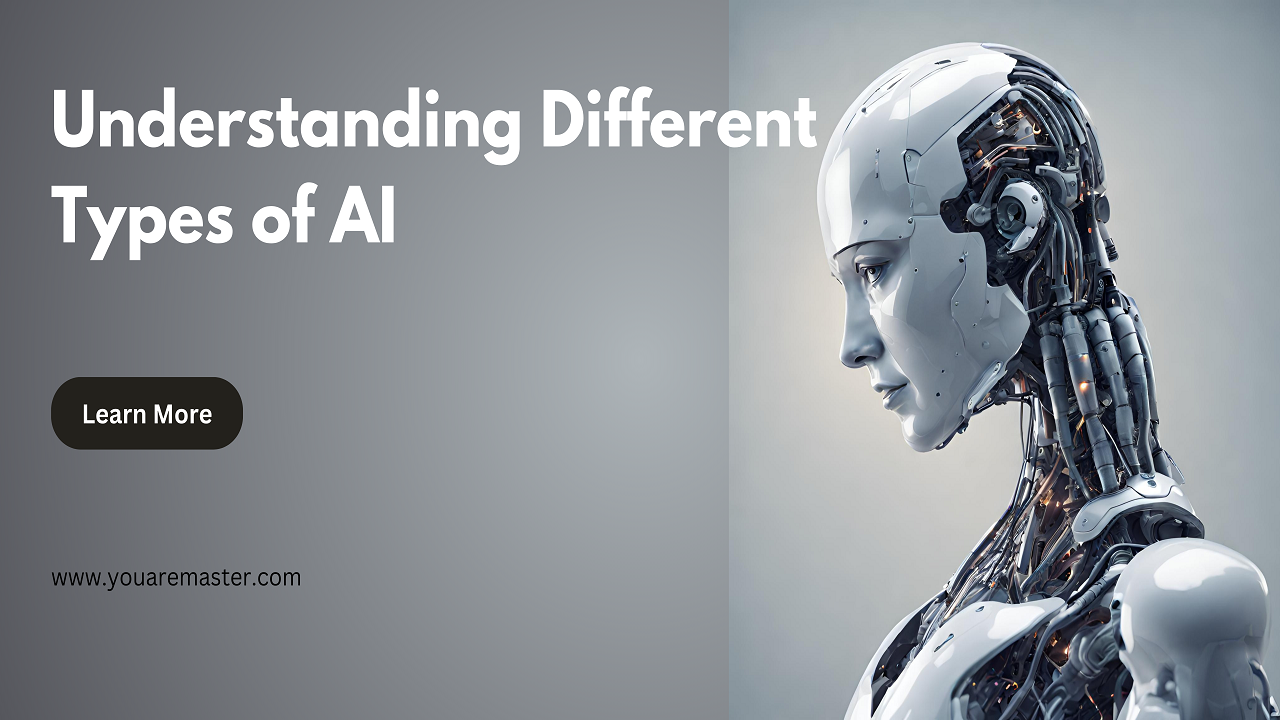Understanding Different Types of AI: Exploring its Capabilities and Functionalities
Introduction
Artificial Intelligence (AI) is a fascinating field that encompasses various capabilities and functionalities. In this article, we will delve into the classification of AI based on its capability and functionality, providing insights into the different types that exist and their potential implications for the future.
By Capability
Narrow AI (Weak AI)
Narrow AI, also known as Weak AI, represents the prevalent form of AI in our daily lives. These AI systems excel at specific tasks with remarkable precision but lack the ability to generalize beyond their programmed functions. Examples of Narrow AI include facial recognition software, spam filters, and chess-playing computers.

General AI (Strong AI)
In contrast to Narrow AI, General AI is a theoretical concept that mirrors human-like intelligence. This form of AI would possess the capacity to learn and reason across a broad spectrum of tasks, akin to the cognitive abilities of humans. While General AI remains elusive, researchers actively explore its potential implications and challenges.
Superintelligent AI
Superintelligent AI represents the pinnacle of AI capability, surpassing human intellect in every conceivable aspect. This futuristic concept remains purely hypothetical, sparking debates and speculation regarding its ethical and existential ramifications.
By Functionality
Reactive Machines
Reactive Machines constitute the simplest form of AI, devoid of memory and operating solely based on current inputs. These AI systems react to stimuli without any internal state or awareness. An example of a Reactive Machine could be a self-driving car’s reflex action of applying brakes upon encountering an obstacle.

Limited Memory AI
Limited Memory AI possesses the ability to learn from past experiences and store data for future decision-making. Unlike Reactive Machines, these AI systems incorporate memory to enhance their functionality. A prime example is a recommendation system that analyzes user preferences and past interactions to provide personalized suggestions.
Theory of Mind AI
Theoretical in nature, Theory of Mind AI represents a paradigm shift in AI development, aiming to imbue machines with an understanding of human thoughts and emotions. While currently nonexistent, this concept holds significant potential for revolutionizing human-machine interactions, particularly in social contexts.
Self-Aware AI
Arguably the most speculative notion in AI discourse, Self-Aware AI pertains to machines possessing consciousness and self-awareness akin to humans. The realization of Self-Aware AI would entail profound philosophical and ethical considerations, challenging our fundamental understanding of consciousness and identity.
By elucidating these classifications, we gain a comprehensive understanding of AI’s multifaceted nature and its transformative impact on society. While some categories remain theoretical or futuristic, the continuous advancement of AI research promises intriguing possibilities and unprecedented challenges.

Conclusion
In conclusion, the classification of AI into categories based on capability and functionality offers valuable insights into its diverse manifestations and potential trajectories. Whether it’s Narrow AI enhancing everyday tasks or the theoretical pursuits of General AI and beyond, AI continues to shape our world in profound ways.
FAQs (Frequently Asked Questions)
- Is General AI the same as Artificial General Intelligence (AGI)?
- Yes, General AI and AGI are often used interchangeably to denote AI systems with human-like cognitive abilities.
- Are there any real-world examples of Theory of Mind AI?
- Currently, there are no tangible instances of Theory of Mind AI, as it remains a theoretical concept undergoing research and exploration.
- What are the primary challenges in developing Superintelligent AI?
- Ethical dilemmas, safety concerns, and the unpredictable nature of superintelligence pose significant challenges in the development of Superintelligent AI.
- Can Limited Memory AI be applied in healthcare systems?
- Yes, Limited Memory AI holds promise in healthcare for analyzing patient data and medical records to assist in diagnosis and treatment decisions.
- How do Reactive Machines differ from traditional computing systems?
- Reactive Machines react to stimuli without relying on predefined rules or historical data, distinguishing them from traditional computing systems that follow explicit instructions.

1 thought on “Understanding Different Types of AI”